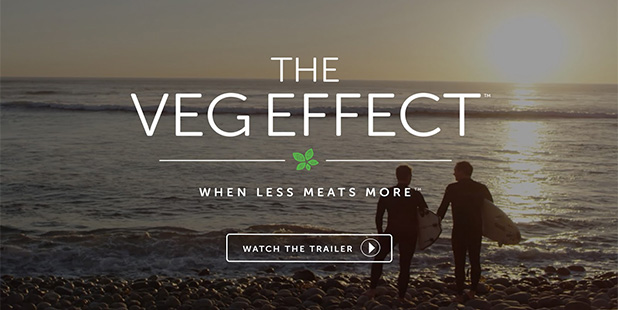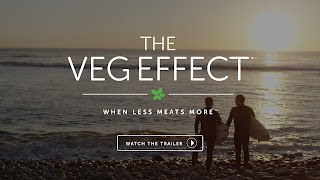For ages the dairy industry did a killer (pun intended) job preventing people from thinking you cannot strengthen your bones on a vegan diet.
We heard it all the time growing up, “Finish your milk! You need it to grow strong bones.” And if you’re like me, I had to come up with ways to choke it down. I found that if I followed these steps I managed to get the job done. First I held my nose tight. Then I chugged the entire glass without breathing. Next, before taking a breath, I chased it with another drink like orange juice. Only then could I release my nose without gagging.
Well, times have changed and the cat is out of the bag. Dairy actually has been shown to have the opposite effect on bones than the USDA has led us to believe is true. Those on a plant-based diet actually have less of a risk for developing osteoporosis than dairy-drinkers.
So to help jump start you into a bone-healthy vegan diet plan, Kei Nishida gives us 5 awesome ways to promote strong bones with plant-based eating… Here they are:
Tofu and Soy Products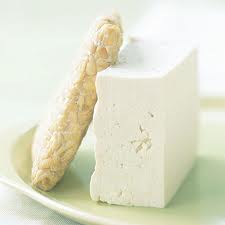
Aside from calcium, protein is one of the most important ingredients in building strong bones and overall healthiness. Consider soy especially in forms like tofu which is high in protein and has so many other beneficial nutrients. With 10 grams of protein per serving as well as tons of calcium, tofu is a great way to fill your daily protein needs and keep your bones strong. This goes for other soy products like soy milk, too, with beans in general being a great way to eat your protein.
Mushrooms
Mushrooms are packed with tons of great vitamins and minerals, many of which support bone health. While you can’t go wrong when choosing to add mushrooms to your food, whether they’re raw or cooked, one of the best varieties to use when looking to strengthen your bones is the shiitake mushroom.
Shiitake have the highest concentration of copper of any mushroom species, an essential element in creating the enzymes that help our bones, skin, joints, and blood vessels stay healthy and repair themselves. In fact, one serving of shiitake mushrooms provides about 65% of your daily recommended amount of copper while also being high in zinc, another key ingredient in building regulating your bones.
Broccoli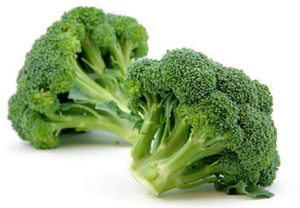
As one of the best dark leafy greens you can eat, it’s no surprise broccoli is loaded with vitamins and minerals that assist in bone growth. A major source of vitamin K, iron, calcium, potassium, and magnesium, eating broccoli is one of the best things you can do if you want healthy bones, teeth, and nails.
Vitamin K, especially, is important for bone health, as more and more research begins to suggest it may play a more crucial role in building strong bones than even calcium. Given that a single cup of broccoli supplies almost 300% of your daily recommended amount of vitamin K, it would be a good idea to eat plenty of it to ensure your bones stay in peak condition. It can also help prevent and treat bone diseases like osteoporosis, making it great for those looking to rebuild bone strength in addition to those preserving it.
Nettles
While it’s probably not your first choice when thinking of plants to increase the strength of your bones, the stinging nettle is a great source for tons of different nutrients related to bone health. Stinging nettles are natural sources of calcium and magnesium, key ingredients in healthy bone construction and bone metabolism regulation. Other key nutrients include boron and silica, as well as vitamins C, D, and K.
There are many ways to ingest it, too. Properly prepared stinging nettles can be a component in thick and hearty soups, fresh salads (after steaming), or potentially even used in teas. Just be careful when handling them raw, as their tiny needles can prick you and cause skin irritation.
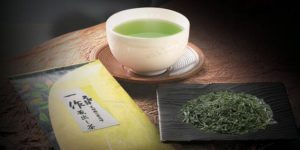
Japanese Green Tea
Green tea is one of the most popular drinks and flavors in Japan, and for good reason. Among its many health benefits include bone strengthening. Japanese green tea, as opposed to other types of tea, is especially good for bone health due to not being fermented or oxidized, as well as its high levels of polyphenols that help to reduce inflammation and bone breakdown, as well as normalize bone mineral makeup and assist with calcium uptake. It can also help to activate enzymes responsible for bone growth, overall making Japanese green tea one of the best bone strengtheners available.
As recommended by Doctor David B. Samadi, drinking three cups of green tea a day can help significantly reduce the likelihood of bone breaks and other injuries, as well as treat the symptoms of and potentially prevent the onset of osteoporosis and osteoarthritis. If you happen to be worried about the caffeine content of green tea (as high amounts of caffeine can lessen bone density), there are decaffeinated green teas available for purchase.
Final Thoughts
These are only a few of the many plant-based bone strengtheners available for vegan consumers. If you want to ensure your body is running at maximum efficiency while keeping your bones healthy and strong, try any or all of these recommended items and see the results for yourself.






 Marathon Your Meal Prep
Marathon Your Meal Prep
